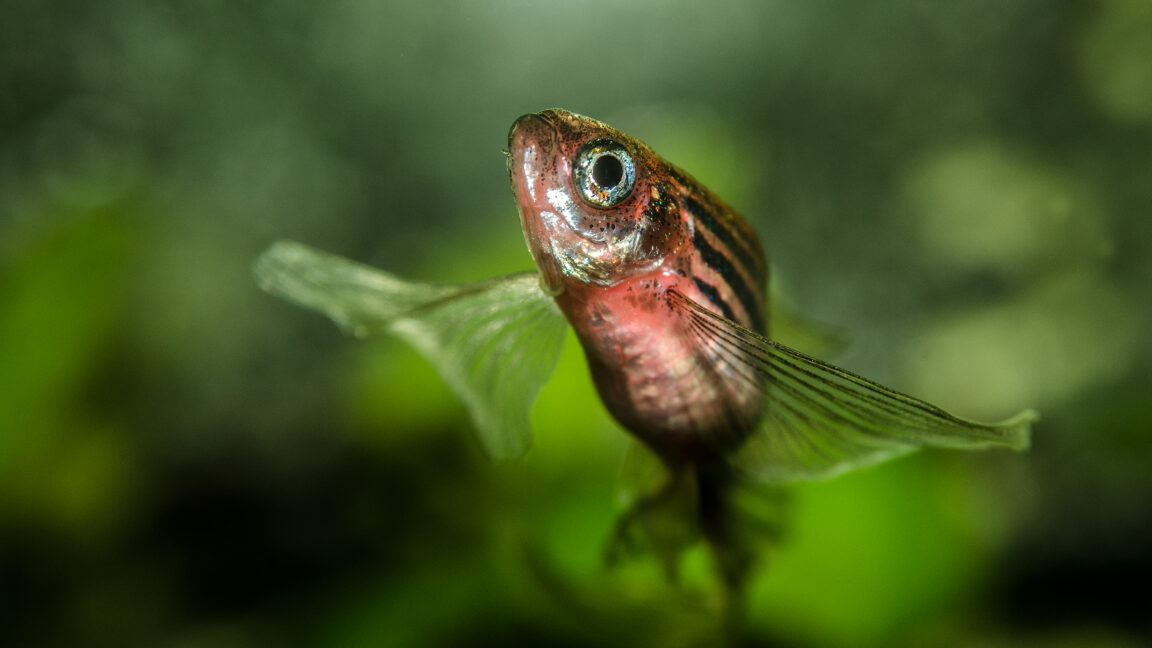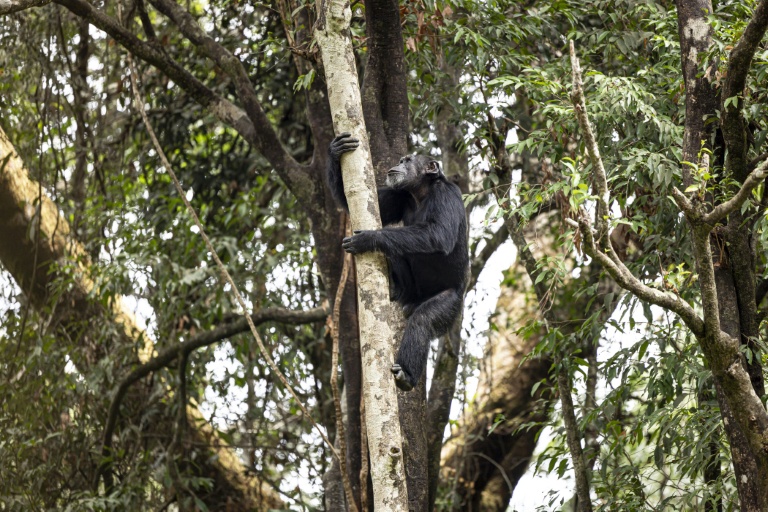
Evolution has adapted the digits of mammals for an enormous range of uses, from our opposable thumbs to the spindly digits that support bat wings to the robust bones that support the hoofs of horses. But how we got digits in the first place hasn’t been entirely clear. The fish that limbed vertebrates evolved from don’t have obvious digit equivalents, and the most common types of fish just have a large collection of rays supporting their fins.
Despite this uncertainty, we have identified some genes that seem to be essential for both digit formation and the development of rays in the fins of fish, suggesting that there are parallels between the two. But a new study suggests that these parallels are a bit of an accident, and digits come by re-deploying a genetic network that controls a completely different process: the formation of the cloaca, a single organ that handles all of the fish’s excretion.
Hox genes and digits
One of the key regulators of limb development is a set of genes called homeobox proteins, which attach to DNA and regulate the activity of nearby genes. In animals, many of these homeobox, or hox genes, are formed into clusters. Mammals have four clusters of hox genes, each of which encodes roughly 10 individual homeobox proteins. The cluster helps to organize where the hox genes are active, with the genes at one end of the cluster being active at the front of an embryo, and those at the other end active at the tail.
A similar thing seems to happen in limb development, with genes at one end of the cluster active during the formation of bones nearest the shoulder, and others becoming active as limbs closer to the end of the limb are forming. Ultimately, the specification of digits seems to require the hox genes at the far end of the cluster. In mice, eliminating the Hoxa13 and Hoxd13 genes causes the formation of digits to fail entirely.
There were some indications that the same thing is true in fish, where the elimination of equivalent hox genes also interfered with the formation of the rays at the ends of fins. This would suggest that digits formed by elaborating on a genetic system that already existed in order to produce fins.
However, when a US-French team started looking at the regulation of one set of hox genes in the limbs, things turned out to be a bit more complicated. The hox gene clusters have two chunks of regulatory DNA that help set the activity of the genes within the cluster, one upstream of the genes, one downstream. (For the molecular biologists among us, that’s on the 5′ and 3′ sides of the gene cluster.) And we know that in vertebrates, some of the key regulatory DNA for one of the clusters is on the upstream side, since deleting it left all the genes in the cluster inactive in the region of the limb where digits form.
Same place, different reasons
So, the research team behind the new work deleted the equivalent region in a fish (the zebrafish) using the gene editing tool CRISPR. And, deleting the same area that wipes out hox gene activity in the digits in mice did… not very much. The hox gene activity was slightly reduced, but these genes were still active in the right place at the right time to make digits. So, while the activity looked the same, the reasons for the activity seem to be different in fish and mice. Which means that hox activity in the digits isn’t the ancestral state; instead, it seems to have evolved separately in the ray-finned fish and vertebrate lineages.
So, the researchers asked a simple question: If the regulatory DNA they deleted didn’t activate these genes in the limb, where was it needed? So, the researchers looked at where these hox genes were active in fish with and without the deletion. They found one region where it seems to matter: the developing cloaca. In fish, the cloaca is a single orifice that handles excretion (both urine and fecal material) as well as reproduction. So, it’s basically the fish equivalent of our rear ends.
The team narrowed down the DNA responsible for the cloaca and showed that there were equivalent regions in mice, as well as fish that are more closely related to limbed vertebrates, like the gar. They also showed that deletion of some of the hox genes that are expressed in the digits caused severe defects in both the digestive and urogenital systems near the areas where these exit the bodies. This suggests that a role in the development of this region for hox genes is the ancestral state, and was present prior to the limbed vertebrates diverging from fish.
At the same time, the results suggest that the genetic system that produces this gene activity in the limbs was not the ancestral state. Which would mean that its activation in the digits was the product of co-opting the cloacal genetic program and deploying it in the developing limb. In other words, you have digits because a bit of the genetics that help you from your butt was used to activate the right genes where they’re needed.
The strange thing about this is that a completely different genetic program activates the exact same genes in roughly the same location during the formation of fin rays. It’s possible that this was also present in the common ancestor of zebrafish and limbed vertebrates, but wasn’t strong or consistent enough to produce the sort of digits we see today, so there was a gradual transition to the sort of system we see today. Since we’re unlikely to ever start gene editing lungfish or coelacanths, it may be difficult to ever get a clear picture on this matter.
In any case, the work is a great demonstration that the version of Occam’s razor that’s been adopted by science comes with a key caveat: The simplest explanation that fits the data is probably the right one. For a while, the simplest explanation seemed to be that a single genetic system produces fin rays and digits. But, with more data, that no longer seems as tenable, and we may have to fall back to an explanation that’s considerably more complex.
Nature, 2025. DOI: 10.1038/s41586-025-09548-0 (About DOIs).



